A world-famous tourist resort north of Agios Nikolaos, with lacy, windless sandy beaches, crystal clear…
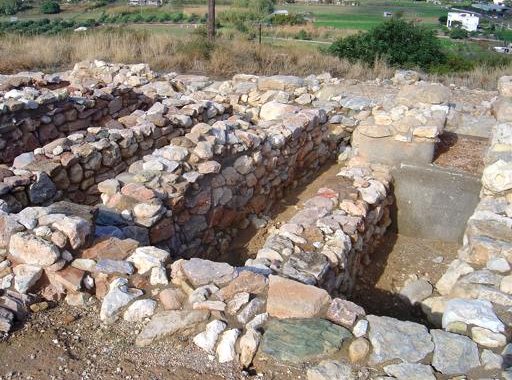
Petras Archaeological Site
On a low hill (h. 40 m.) by the sea lies an important Minoan settlement. It had a large harbour and was the centre of an area bordered by Chamaizi on the west, Pressos on the south, and Analoukas on the east. Despite the evidence for habitation in the last phase of the Neolithic period (3500 B.C.), the first settlement is dated to the Early Minoan II period (2600-2300 B.C.). It continued to be inhabited until 1450 B.C., when it was destroyed, along with the other Minoan centres. A short reoccupation occurred during the Late Minoan III period (1400-1300 B.C.). The settlement flourished in the Old Palace period (2000-1650 B.C.), when the central building of palatial character was built on the top of the hill; it reached a peak, however, in the New Palace period (2000-1450 B.C.) when many alterations of the buildings took place. In the 12th-13th centuries A.D. the top of the hill was occupied by a cemetery, of which 32 graves have been excavated.
In 1900, R.C. Bosanquet conducted a short-lasting excavation in the area where ruins of ancient walls were visible. Systematic excavations have been conducted by M. Tsipopoluou since 1985.
The most important monuments of the site are:
The town. It occupied the whole of the hill and extended around a central building. A “cyclopean” wall with three towers (5 x 5 m.) was uncovered at the foot of the hill. The houses were free-standing, built on terraces, and access to them was gained through stone paved streets, one of which led straight to the central building. The houses contained storerooms and workshops on the ground floor, while the upper floor consisted of the actual living quarters.
Two houses completely uncovered date to the New Palace period (1600-1450 B.C.). One was abandoned during the Late Minoan Ia period (1500 B.C.) and the other was destroyed by fire a little later (1450 B.C.).
· House 1. The rooms of the ground floor extend on two terraces which are connected by means of a stone-built staircase. On the lower terrace are preserved two storerooms and two kitchens, where vases had fallen down from shelves on the walls, and a room with a “lenos” (wine-press) and pithoi for the storing of wine. On the upper terrace is a workshop with stone basins and stone querns, while under the floor was a pithos containing the burial of an infant.
· House 2. Two building phases are distinguished: during the first, one of the rooms of the ground floor was used as a reception hall, with a central column, floor covered with plaster, a hearth, and doorways to the rest of the rooms; later, this was converted into a workshop area, for working and dying wool. To this conclusion point also the stone basins, the channels and the loom-weights found. A lump of clay with signs of the Linear A script which stand for “perfume oil” was found in one of the storerooms.
The central palatial building covers an area of 0.3 hectares. It is constructed on two terraces, on an artificial plateau on the hilltop and is surrounded by a retaining wall with a tower-like bastion. A corridor oriented E-W leads through a pier-and-door partition to the central court, which had a floor covered with plaster, and measured 9 x 13 in the first New Palace period. During the last phase it was enlarged (5.50 x 11 m.) and was flanked by rooms on the west, which probably served as cult places, as indicated by a libation table and tablets of Linear A script found there. The most remarkable of the rooms to the south of the corridor is the one with the gypsum slabs and a bench covered with plaster and orthostats. On the north side of the corridor lie twelve oblong rooms, while at a lower level are the magazines, connected to the central court by means of a monumental staircase, covered with plaster; in the last phase of the building this was also closed by a storeroom. To the west of the building was a garden which separated the main part of the building from the workshop areas.
Additional Info
Historical Period: Minoan
Location: Petras – 1km from Sitia
Opening Hours: Contact before visiting – E-mail: efalas@culture.gr, Phone: +30 2843023917
Access: Asphalt road
Entrance Fee: 2€, Reduced 1€
What to see in the area...
Archaeological Museum of Sitia
The Archaeological Museum of Sitia opened in 1984 and houses a significant collection, divided into four sections. The exhibits cover a period of approximately 4000 years, from the Final Neolithic…
Folklore Museum of Sitia
The Folklore Museum of Sitia was founded in 1975 by the educational and cultural association "Vintsenzos Kornaros". It contains many important folklore exhibits, mainly handwoven materials, embroideries, local costumes, furniture:…
Sitia Beach
This well-organized beach consists of a long stretch of fine golden sand right next to the town and provides every facility the visitor might need. The beach offers a variety…
Where to stay in the area...
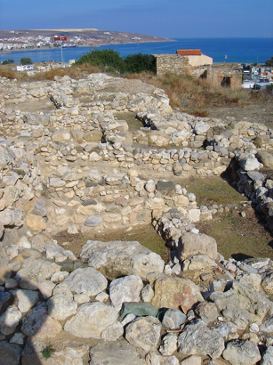
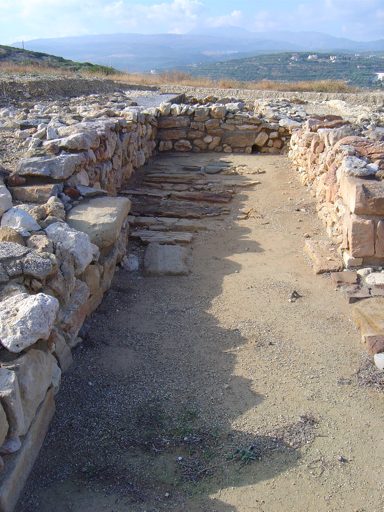
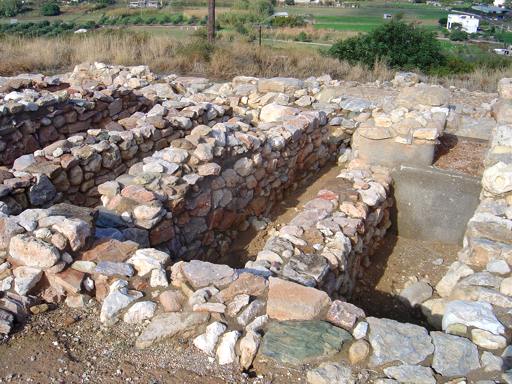
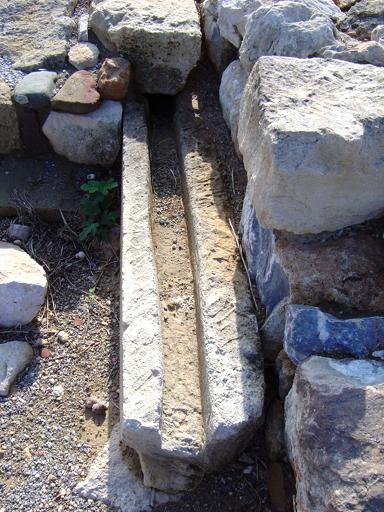
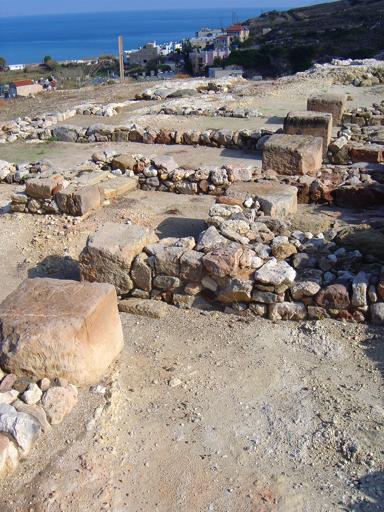
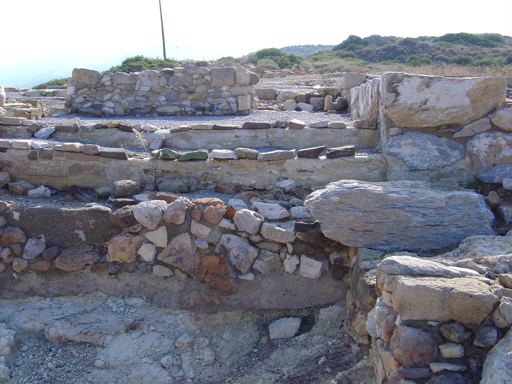
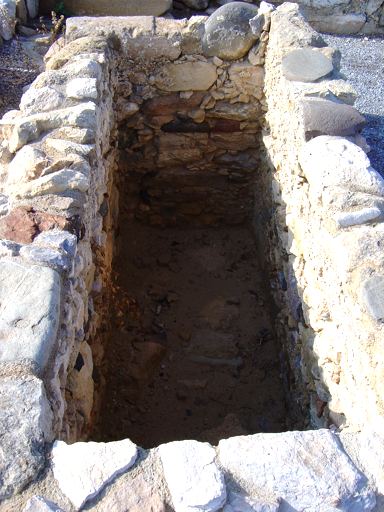
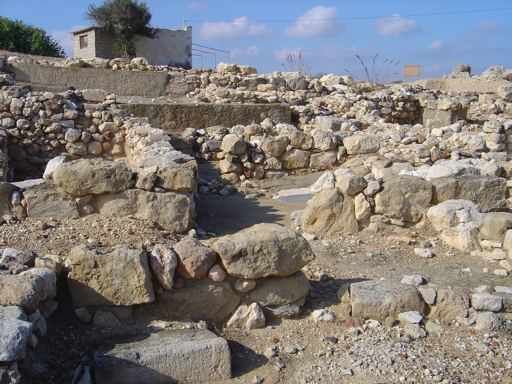
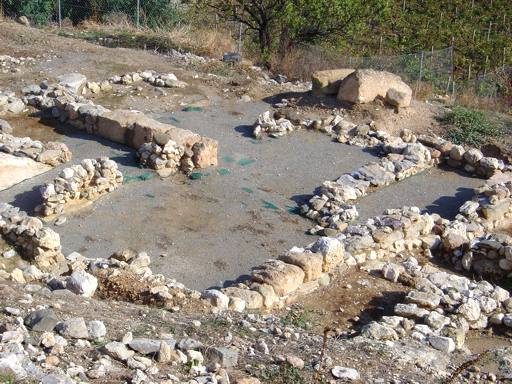
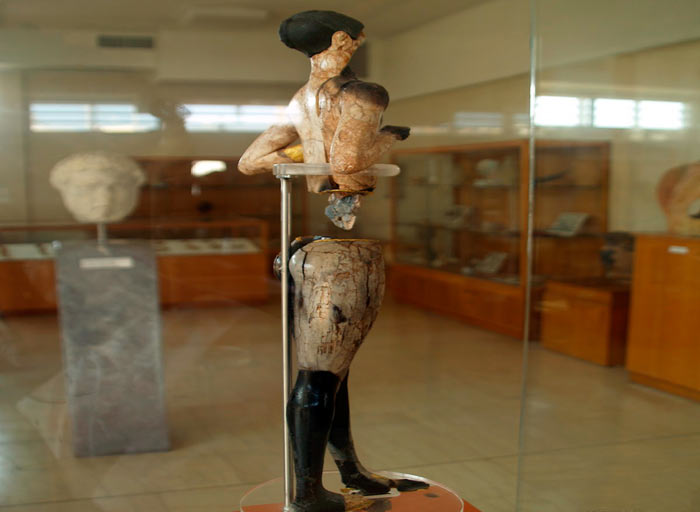
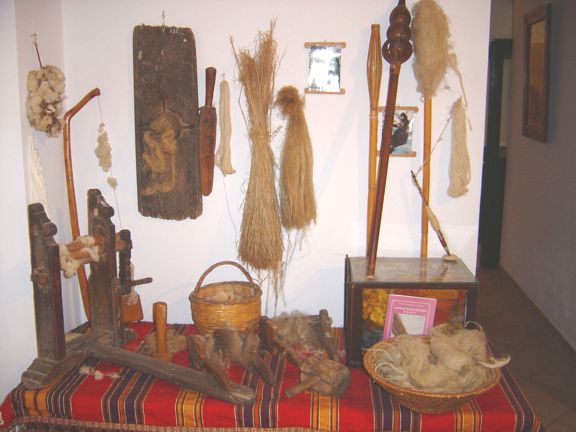
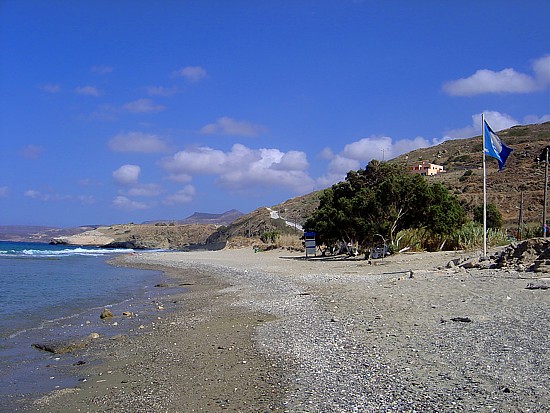
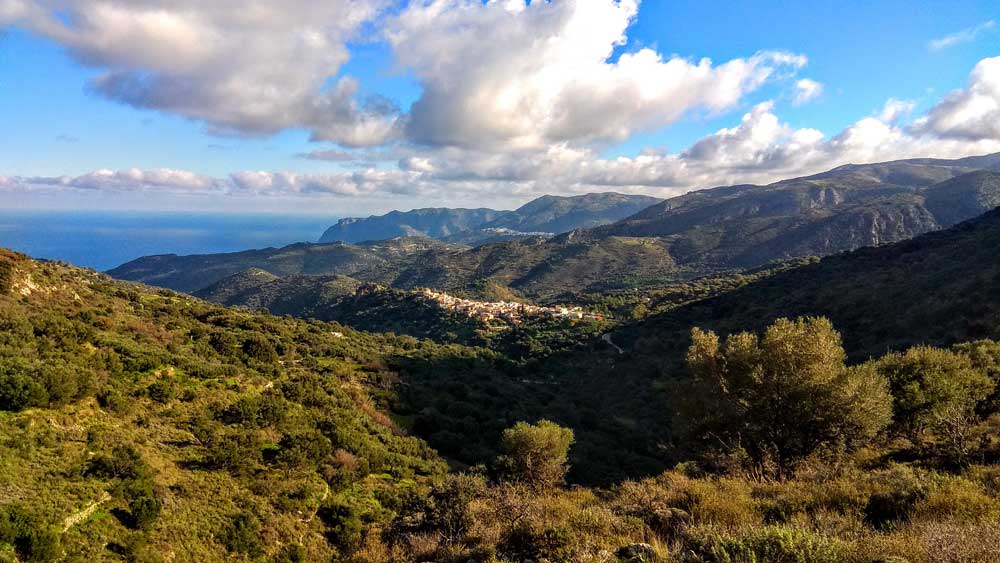
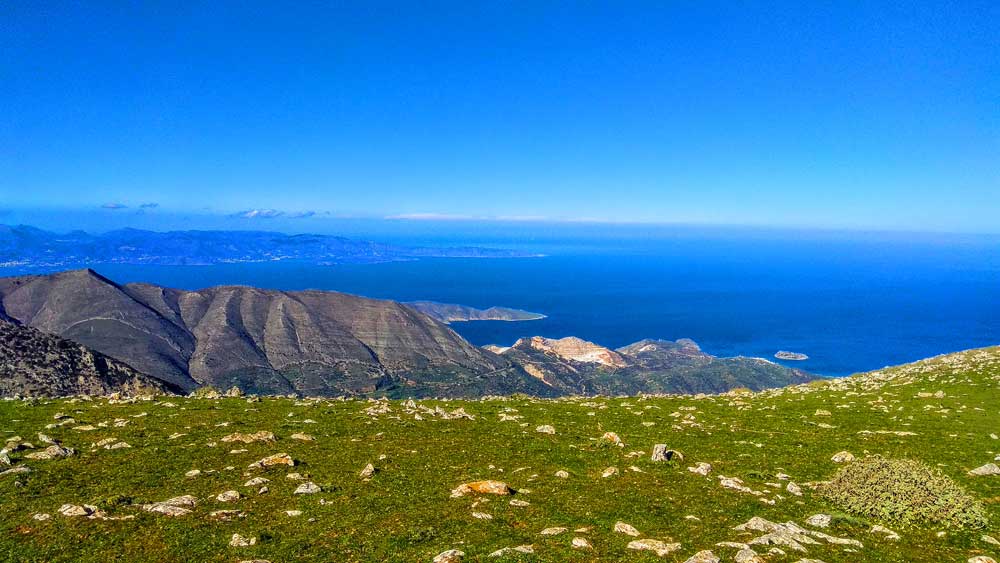

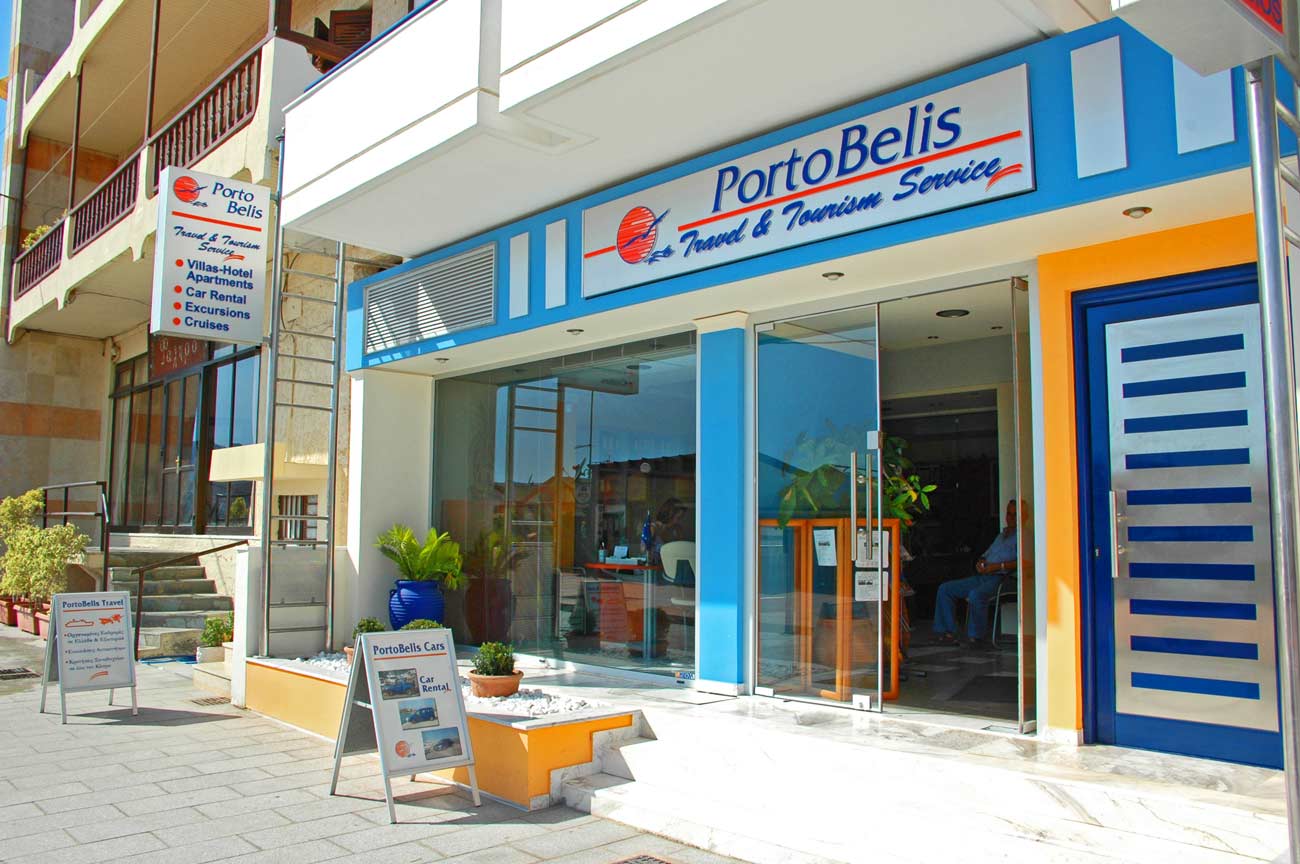
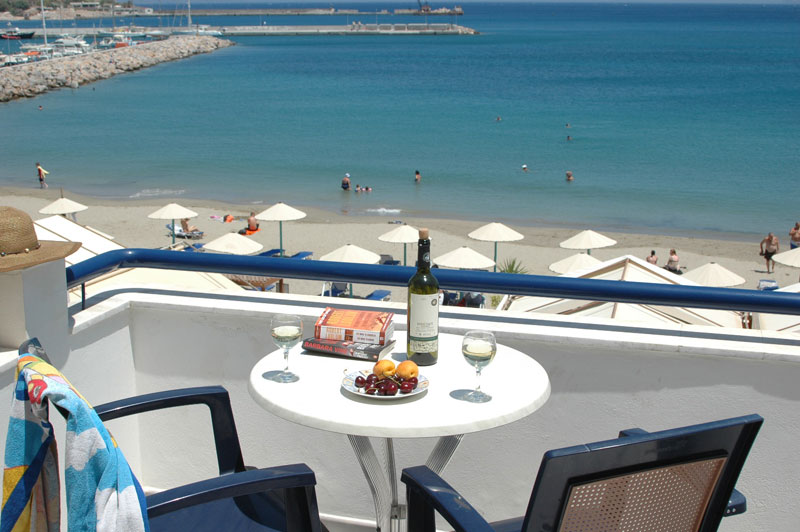
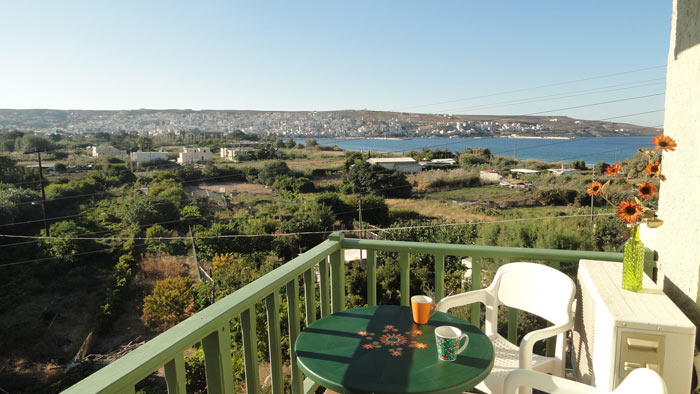
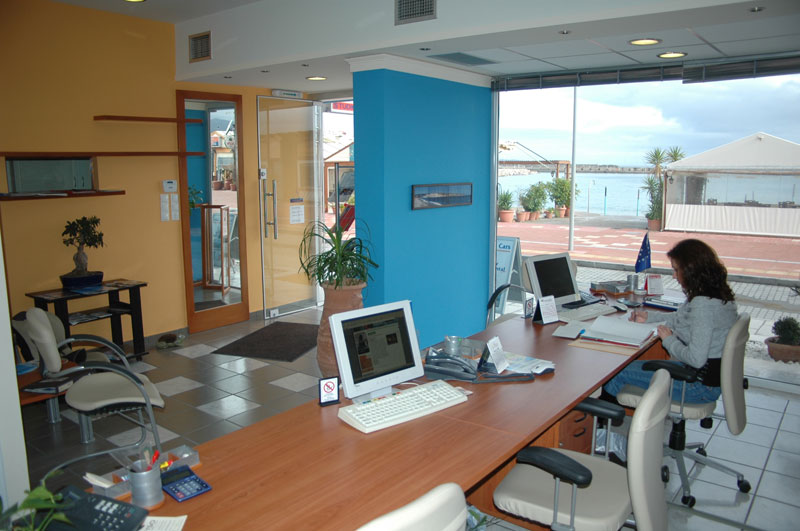
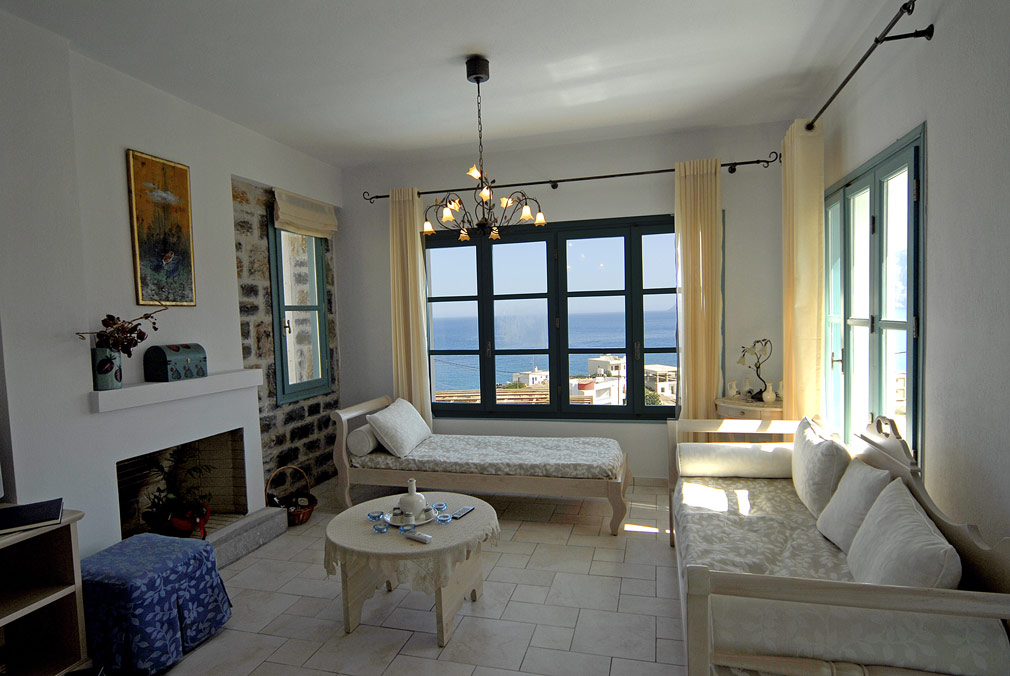
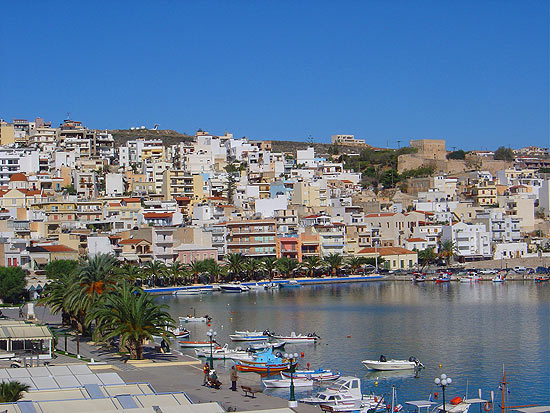
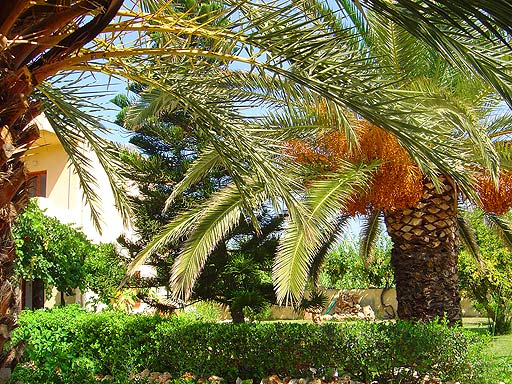
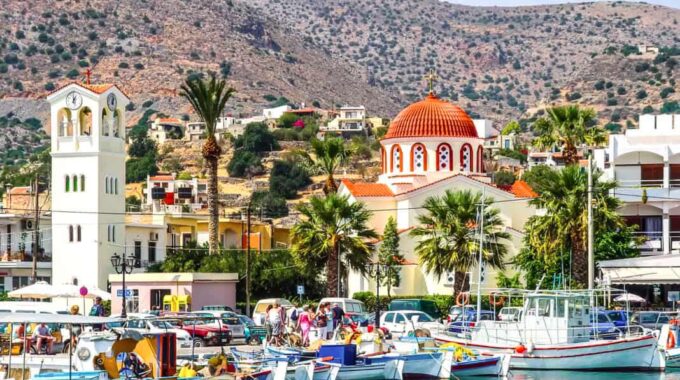
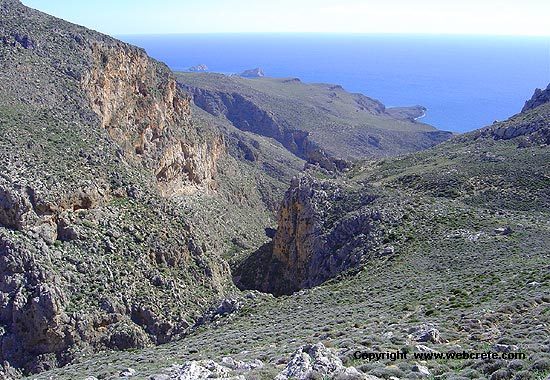
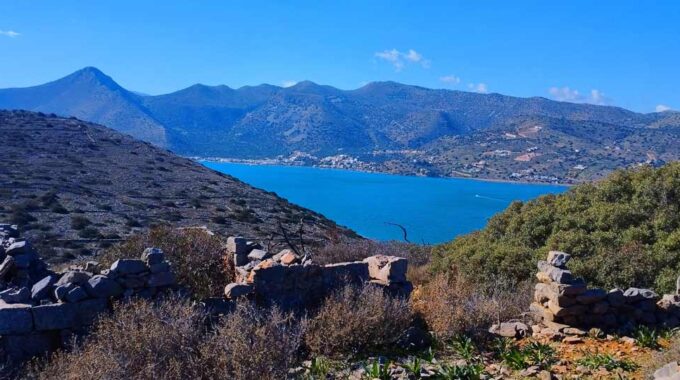
This Post Has 0 Comments